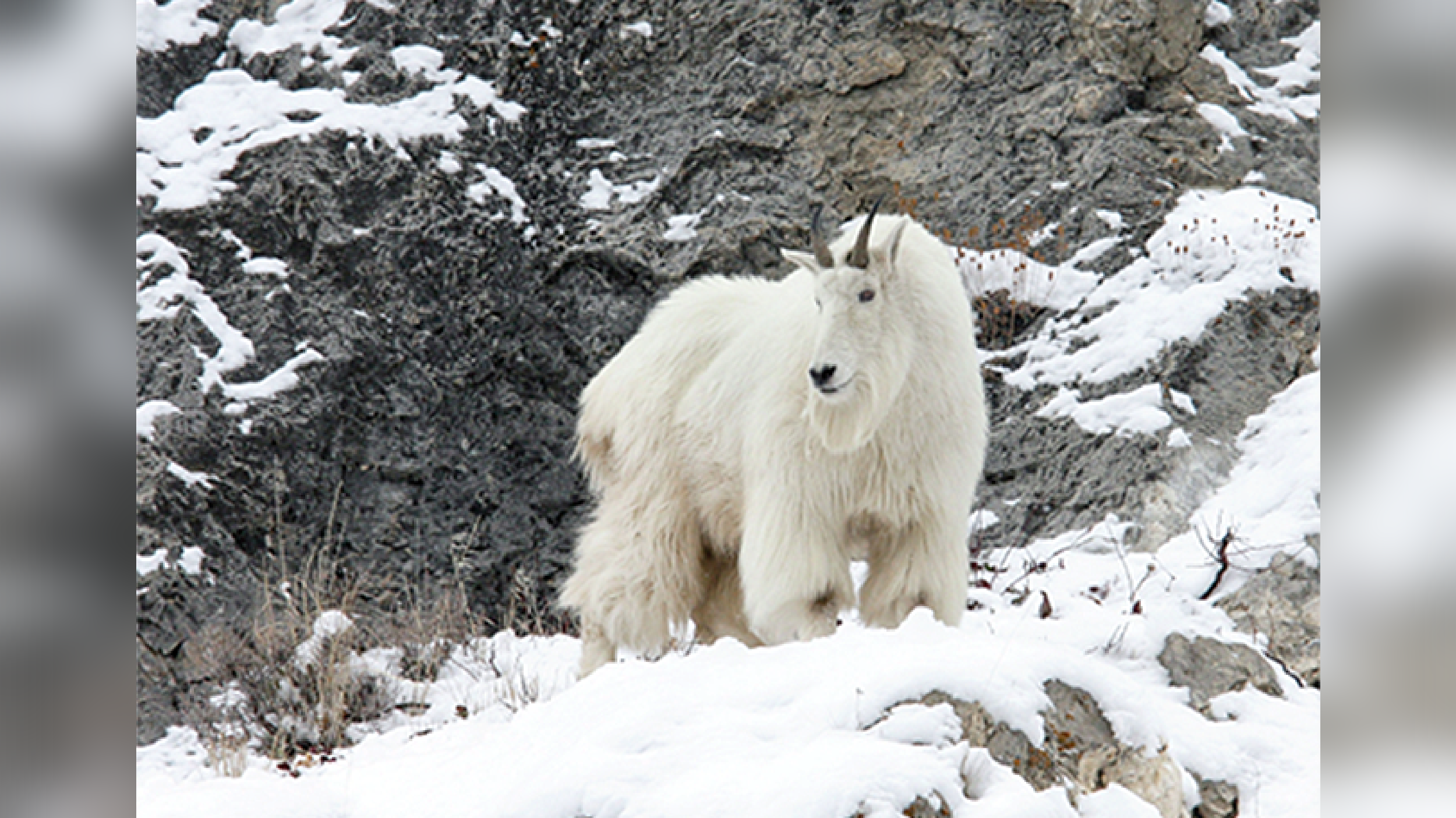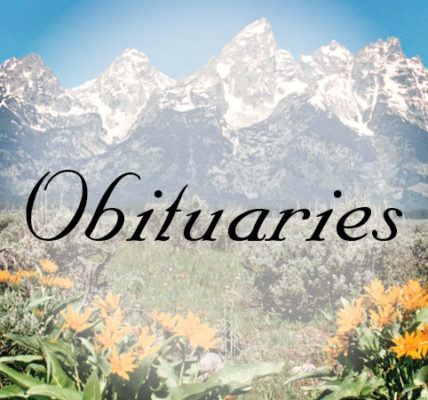
By Mike Koshmrl
Jackson Hole News&Guide
Via- Wyoming News Exchange
JACKSON — Ninety miles hiked, five mountain goats seen, four nonnative goats killed, meat from two billy goats recovered.
And close to zero sleep.
Those are the highlights, by the numbers, of JB Cholnoky and Logan Black’s six-day pursuit of mountain goats in Grand Teton National Park’s Death Canyon earlier this fall. Their mission was to find and kill as many goats as possible, part of a multi-pronged effort to help out the Tetons’ native bighorn sheep, whose existence is threatened by lost habitat and low numbers.
Cholnoky and Black took their directive to heart.
“We hunted from bell to bell,” Cholnoky told the News&Guide. “I felt like it was a privilege to be back there and we had a job to do, and our intention was to do it to the best of our ability.”
So they hunted hard day after day, often neglecting the physiological human requirement of sleeping.
“Almost none at all,” Cholnoky said, “for six days.”
Instead they were hiking, hunting, packing out meat and cutting it up, almost around the clock. The dogged persistence paid off.
The rifles of Cholnoky, of Jackson, and Black, a South Dakota resident, brought down one-fifth of all the mountain goats that Teton park’s “qualified volunteers” managed to kill during 2021. The five-week-long operation, which started in late September and stretched through October, trimmed what’s left of the Tetons’ mountain goat population by an additional 20 animals.
“I feel like we were successful, given the number of goats that we had,” said Gus Smith, Teton park’s branch chief of science and natural resources. “We got more goats than I expected.”
Going into the 2021 cull, park biologists estimated that between 30 and 50 mountain goats remained, down from a high of 100-plus animals. Last February a Wyoming Game and Fish Department biologist aerially tallied 29 of the exotic goats, but it’s estimated that the survey missed about 30% of the herd. Reproduction would have added an estimated 20% more.
“You end up with 40 to 50 animals,” Smith said. “And we killed 20, so there’s 20 to 30 remaining goats in the Tetons.”
It was feast or famine for the 17 teams that took part. Few groups made out as successfully as Cholnoky and Black, who were in the right place at the right time.
“People either got into goats, or they didn’t,” Smith said.
During the first week of the cull, for example, there were seven teams turned loose in the Tetons. Just one of those teams was successful, and they killed all seven goats that went down that week.
Mountain goats that remain seem to have concentrated in several nooks of the Tetons. Seven were felled in Moran Canyon, nine in Cascade Canyon and four went down in Death Canyon. Goats have all but disappeared from outside the national park. Game and Fish, which supports the effort to help native Teton bighorn sheep, has allowed its licensed hunters to intensively go at mountain goats west of the park boundary in the Caribou-Targhee National Forest. In 2019 state-licensed hunters killed 23 goats in that zone, but the hunt netted only 11 animals in 2020. This year a single goat was killed.
All told the 43 volunteers who participated devoted some 2,200 hours to pursuing Teton mountain goats. The effort per kill — 110 hunter-hours — didn’t decline dramatically, but partly that’s because everyone was experienced. To streamline its operation and optimize its effectiveness, park officials restricted 2021 participants to those who participated the first year. For the most part they hailed from Wyoming, Idaho and Montana, and they knew what they were doing.
“They’re a pretty high-end group of hunters,” Smith said.
It’s unclear what comes next in the effort to wipe the remaining mountain goats out of the Tetons.
The most efficient method, which the Park Service originally opted for, is to shoot the goats from a helicopter. But Park Service personnel aren’t yet ready to say if they’re going to be returning to Plan A to finish the job for good.
“That’s our next step, is to evaluate the costs and benefits and the likelihood of success,” Smith said. “As the number of goats gets less and the likelihood of killing goats goes down, the risk-reward ratio goes up.”






